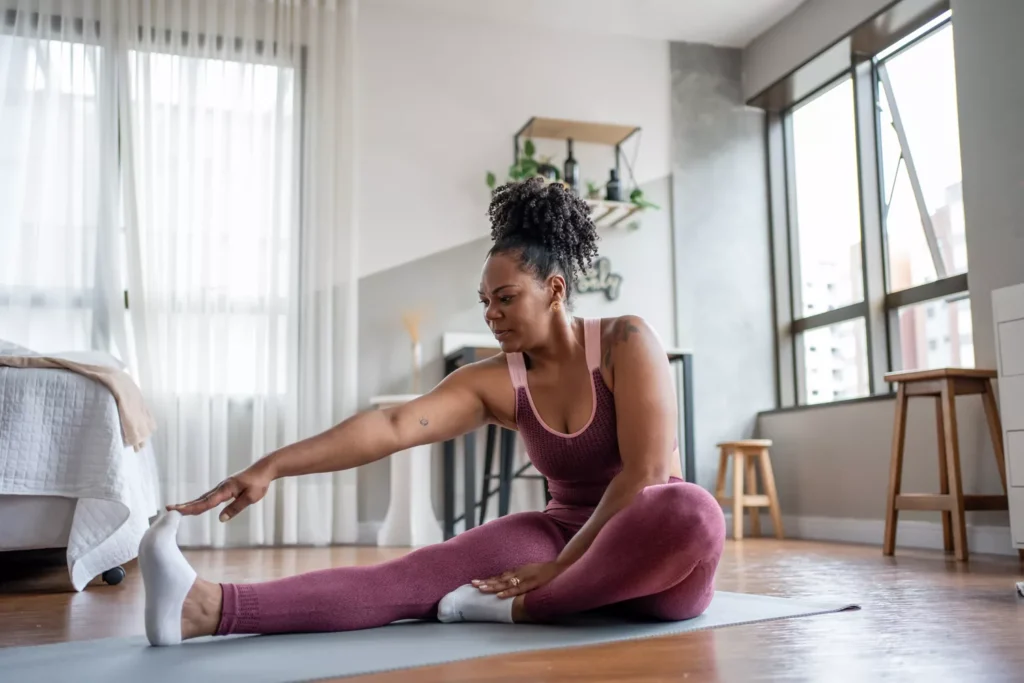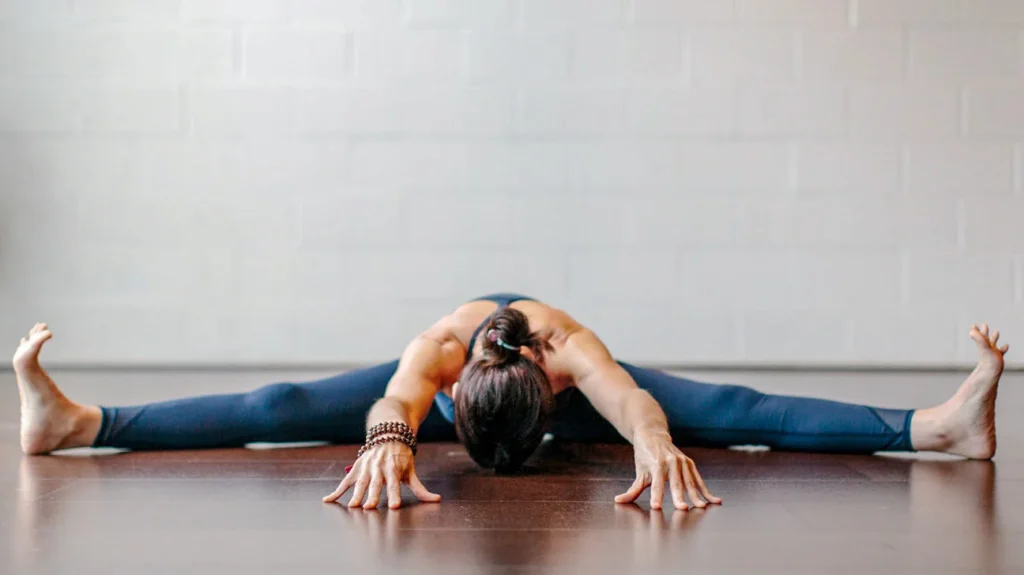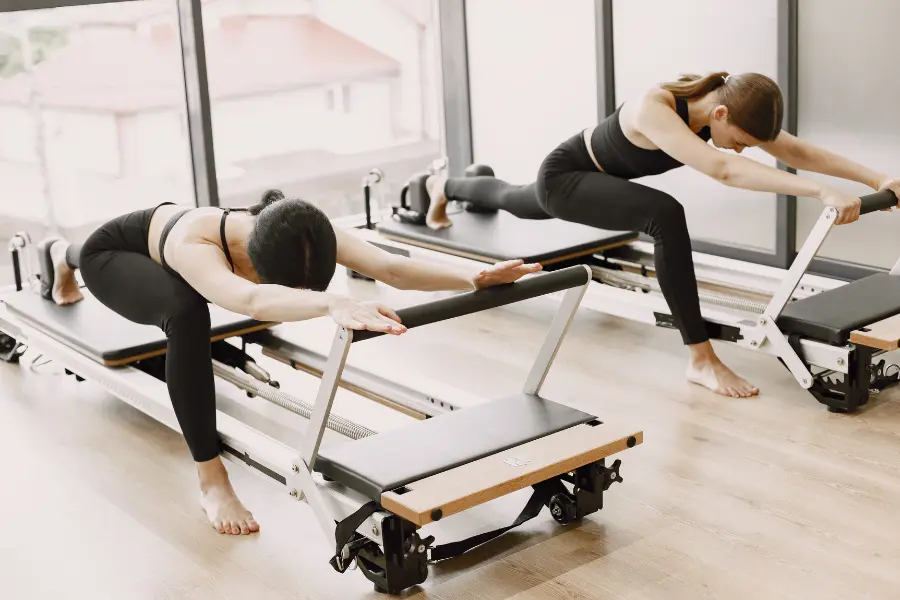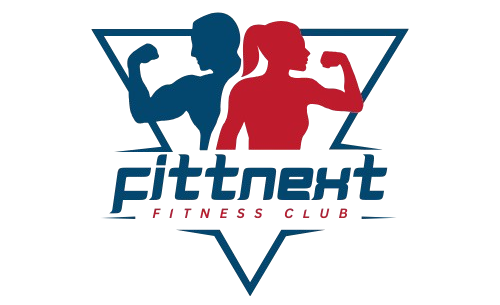Flexibility is the ability of your muscles and joints to move through their full range of motion. It’s often overlooked, yet it plays a crucial role in maintaining physical health, preventing injuries, and enhancing performance—both in fitness and in daily life. Here’s why it matters and how you can get started.

Why Flexibility Is Important
– Better Posture and Alignment: Tight muscles can pull your body out of alignment, causing poor posture. Stretching and improving flexibility help correct this, leaving you standing taller and moving more gracefully.
– Reduced Risk of Injuries: Flexible muscles are less prone to tears or strains, making flexibility essential for any fitness routine.
– Enhanced Physical Performance: From smoother squats to longer runs, flexibility boosts your efficiency in both strength and cardio training.
– Improved Mobility and Daily Functionality: Simple tasks like reaching for a high shelf or bending to tie your shoes become easier with flexible muscles and joints.
How to Get Started
– Warm-Up First: Flexibility exercises work best on warm muscles. A light jog or dynamic stretches like arm swings are a great way to prepare.
– Focus on Major Muscle Groups: Stretch your hamstrings, hip flexors, shoulders, and calves—these areas are prone to tightness.
– Start Slow: Hold each stretch for 15–30 seconds without bouncing. Ease into the stretch until you feel gentle tension, never pain.

Variations of Flexibility Training
1. Static Stretching: Holding a stretch for a set duration to lengthen muscles.
2. Dynamic Stretching: Controlled movements that prepare muscles for activity, like leg swings or arm circles.
3. PNF Stretching (Proprioceptive Neuromuscular Facilitation): A more advanced technique involving stretching and contracting muscles to improve flexibility.
4. Yoga and Pilates: Both incorporate flexibility with strength and mindfulness.
Expert Tips
• Be Consistent: Aim to stretch at least 3–4 times per week for noticeable improvements.
• Listen to Your Body: Everyone’s flexibility is different; progress at your own pace.
• Pair Flexibility with Strength: Balanced flexibility and strength protect your joints and improve overall stability.
• Stay Hydrated: Muscles are more pliable when hydrated, so drink plenty of water.
Flexibility isn’t just about touching your toes—it’s about feeling free in your movements, reducing discomfort, and improving quality of life. Make it a part of your routine, and your body will thank you every step of the way.

